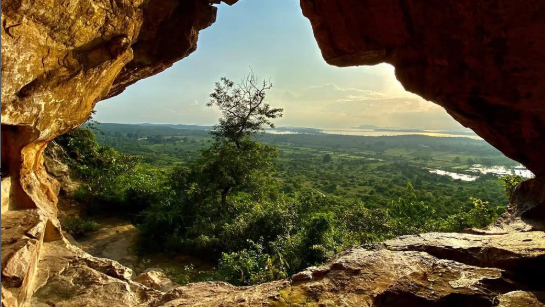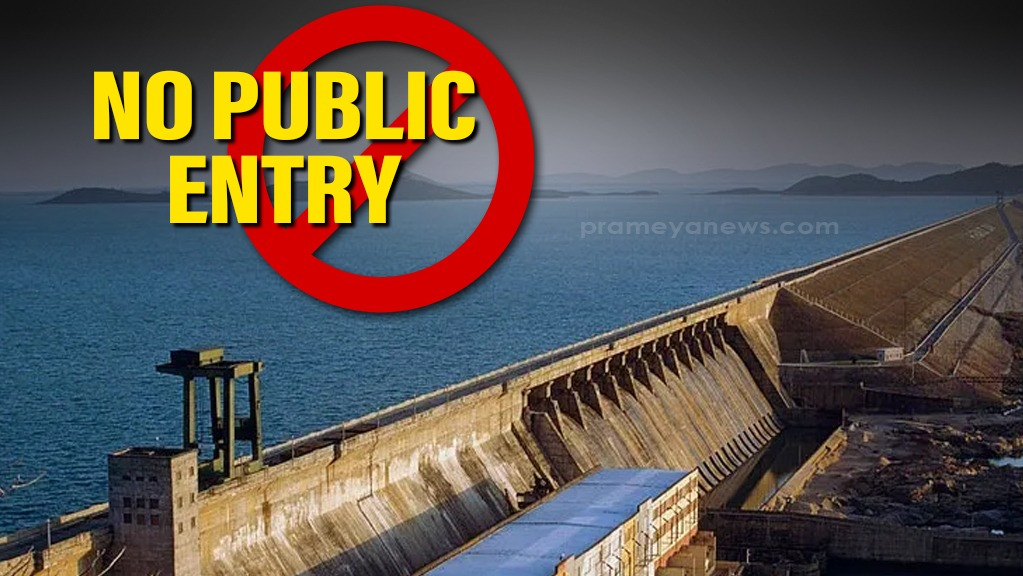Bhubaneswar: In the quiet coastal town of Konark, Odisha, stands a magnificent testament to human ingenuity – the 13th-century Sun Temple, often called "India's Pyramids." But among its many architectural marvels, one particular legend has captivated historians, scientists, and visitors for centuries: the tale of a massive stone block that supposedly levitated between the temple's magnets.
Join the Whatsapp Channel to Get News updates in english
"My grandfather used to tell me stories of the floating stone," recalls Rabindra Mahapatra, an 82-year-old resident whose family has served as temple guides for generations. "He spoke of a massive black stone, suspended in air, that even the strongest men couldn't push down. The British, he said, took special interest in this marvel."
The Legend
According to historical accounts and local folklore, the temple's main sanctum once housed an intricately engineered system where a massive stone block weighing approximately 1200 kilograms floated mysteriously in mid-air. The levitation was reportedly achieved through a precise arrangement of lodestone (natural magnets) in the temple's walls and the ceiling.
Dr. Satyendra Kumar Patra, an archaeologist who has studied the temple for three decades, explains, "Contemporary Portuguese and British accounts mention this phenomenon. A Portuguese sailor's diary from 1580 describes 'a black stone held by invisible hands, defying the very laws of the earth.'"
The Scientific Possibility
While skeptics might dismiss the floating stone as mere legend, modern scientific analysis suggests such magnetic levitation might have been possible. Dr. Arun Menon, a structural engineer from IIT Madras, elaborates: "The ancient Kalinga engineers understood advanced principles of magnetism. The temple's construction shows evidence of iron beams arranged in a pattern that could theoretically create a magnetic corridor."
Recent archaeological surveys have discovered high concentrations of magnetic ore in the temple's remaining structures. "The stones used in specific chambers show unusual magnetic properties," notes Dr. Menon. "Our readings indicate magnetic field strengths that, if properly arranged, could indeed have supported levitation."
The Mysterious Disappearance
The story takes a darker turn in the early 19th century. Historical records suggest that in 1838, British surveyors, intrigued by the phenomenon, attempted to study the floating stone's mechanism. During their investigation, the stone allegedly crashed to the ground, and the complex magnetic system was irreparably damaged.
"The British records are surprisingly silent about this incident," says historian Dr. Priya Ranjan Das. "But local palm leaf manuscripts from that period mention 'the day the floating stone fell, marking the temple's final surrender to time.'"
Some accounts suggest the stone was deliberately dismantled to understand its mechanism. Others blame natural calamities. The truth remains elusive, but the incident marked the end of one of ancient India's most remarkable technological achievements.
Modern Revelations
Recent archaeological excavations have unearthed compelling evidence supporting the legend. In 2019, a team led by Dr. Patra discovered hidden chambers around the main sanctum with distinctive magnetic properties.
"We found cavities in the walls that perfectly align with historical descriptions of the magnetic apparatus," explains Dr. Patra. "More intriguingly, we discovered traces of an unknown composite material in these chambers that shows unusual magnetic behavior."
The Legacy Continues
Today, while the floating stone no longer exists, its legend has inspired a new generation of researchers and engineers. Dr. Menon's team is using advanced simulation technology to recreate the possible mechanism behind the levitation.
"What's fascinating," he notes, "is how our ancestors achieved such precision without modern tools. The mathematical calculations required for stable magnetic levitation are complex even by today's standards."
The temple itself, though partially in ruins, continues to reveal its secrets. Recent LIDAR scans have identified previously unknown structural features that suggest the temple might have housed other technological marvels yet to be understood.
"Each stone here tells a story," reflects Mahapatra, gazing at the towering structure. "The floating stone might be gone, but its mystery continues to draw people from across the world, seeking to understand how our ancestors accomplished what we struggle to replicate even today."
The legend of Konark's floating stone represents more than just an archaeological curiosity. It stands as a testament to the advanced scientific knowledge of ancient India, challenging our perceptions of historical technological capabilities. As modern science continues to unravel its mysteries, the magnetic marvel of Konark remains a bridge between ancient wisdom and contemporary discovery.
As the sun sets behind the massive stone wheels of the temple, casting long shadows across its intricate carvings, one can't help but wonder: what other technological marvels of our ancient world remain undiscovered, waiting to challenge our understanding of history?

















































